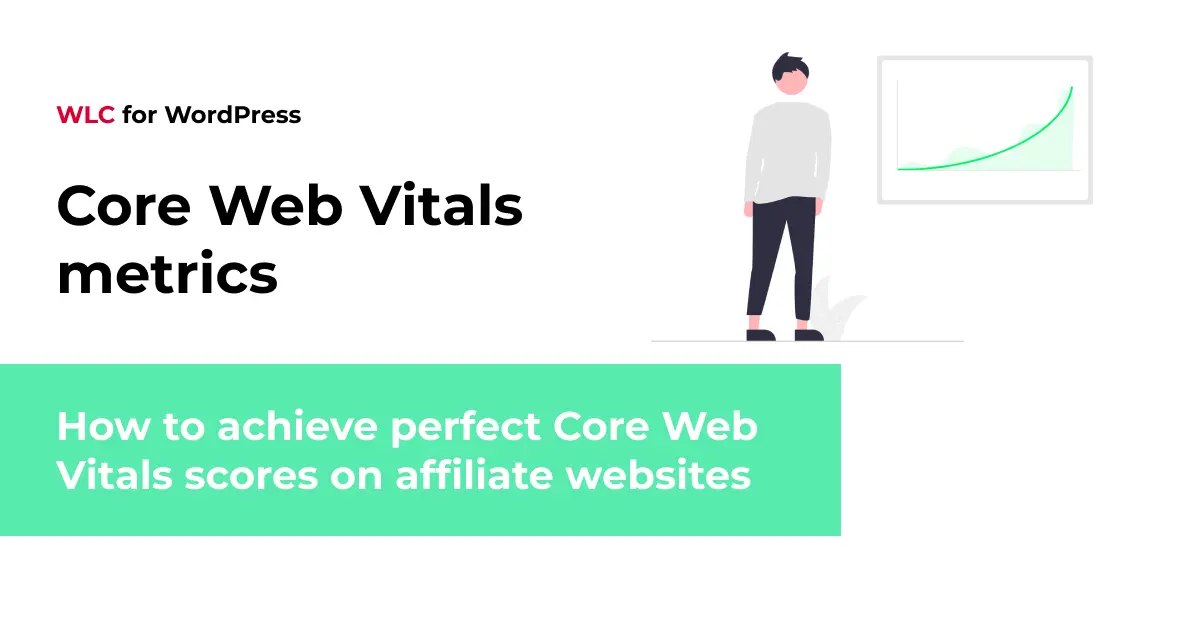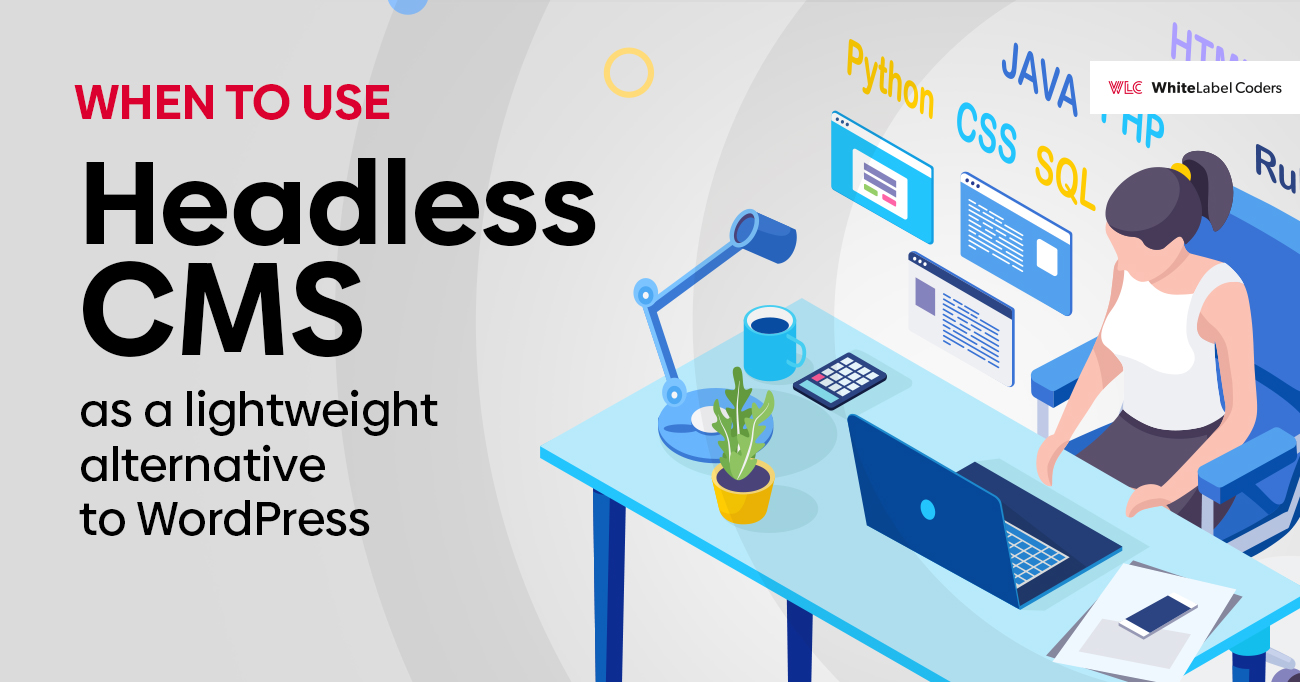Category: WordPress
How to achieve perfect Core Web Vitals scores on affiliate websites

Your affiliate website might be perfectly designed and packed with compelling offers, but if it fails Google’s Core Web Vitals assessment, you’re losing both traffic and conversions. These performance metrics directly impact your search rankings and user experience, making them particularly important for affiliate marketers who depend on organic visibility and seamless user journeys.
When visitors encounter slow-loading comparison tables or shifting layouts while browsing casino reviews, they bounce quickly. Google notices this behaviour and adjusts your rankings accordingly. The good news is that affiliate websites can achieve excellent Core Web Vitals scores without sacrificing the dynamic content that drives conversions.
This guide breaks down the specific challenges affiliate sites face with web performance and shows you practical solutions that maintain your revenue-generating elements while boosting your Google Core Web Vitals scores.
Why affiliate websites struggle with Core Web Vitals
Affiliate websites face unique performance challenges that traditional business sites don’t encounter. Your success depends on displaying dynamic content, tracking user behaviour, and integrating with multiple external services simultaneously.
Heavy tracking scripts create the biggest performance bottleneck. You need affiliate tracking codes, conversion pixels, analytics tools, and heat mapping software. Each script adds loading time and processing overhead. Many affiliate managers require specific tracking implementations that weren’t designed with page speed optimization in mind.
Multiple third-party integrations compound this problem. Your site pulls live data from operator APIs, bonus databases, odds feeds, and payment processor status checks. Each external connection introduces potential delays and points of failure that impact your Core Web Vitals scores.
Dynamic content loading presents another challenge. Casino listings, sports betting odds, and promotional offers change frequently. Traditional caching strategies don’t work well when content updates every few minutes. Your pages need fresh data, but loading it dynamically often means slower initial page renders.
Complex comparison tables make matters worse. These tables are conversion gold for affiliate marketing, but they’re performance nightmares. Large datasets with sorting functionality, filtering options, and embedded media create substantial DOM complexity. The browser struggles to render these elements quickly, especially on mobile devices.
Understanding Core Web Vitals metrics for affiliate success
Google measures user experience through three specific metrics that directly correlate with affiliate website performance and conversion rates.
Largest Contentful Paint (LCP) measures how quickly your main content loads. For affiliate sites, this usually means your primary comparison table, featured casino list, or hero section with top offers. Google wants LCP under 2.5 seconds, but affiliate websites often struggle because their largest elements are data-heavy tables or image-rich operator showcases.
Poor LCP scores hurt affiliate conversions significantly. When users wait more than three seconds to see your main content, they assume your site doesn’t have what they need. They return to search results and click your competitors instead.
First Input Delay (FID) tracks how quickly your page responds to user interactions. This metric is particularly important for affiliate websites because users frequently interact with filtering options, sorting controls, and comparison tools. Heavy JavaScript from tracking scripts and dynamic content loading can create substantial input delays.
When someone clicks a filter button or tries to sort your casino table, delays longer than 100 milliseconds feel unresponsive. Users get frustrated and leave before completing actions that would generate affiliate commissions.
Cumulative Layout Shift (CLS) measures visual stability during page loading. Affiliate websites struggle with CLS because dynamic content loads at different speeds. Bonus amounts, operator logos, and promotional banners often load after the initial page render, causing content to jump around.
Layout shifts are particularly damaging for affiliate conversions. Users might click the wrong operator or bonus offer when elements move unexpectedly. This creates poor user experience and can lead to tracking errors that cost you commissions.
Technical optimizations that boost affiliate site performance
Server-side rendering transforms how affiliate websites handle dynamic content. Instead of loading empty pages that fill with JavaScript, your server generates complete HTML with current data before sending it to browsers. This approach dramatically improves LCP scores because users see meaningful content immediately.
Modern frameworks make server-side rendering practical for affiliate sites. You can pre-render casino listings, bonus tables, and operator information while still maintaining real-time data accuracy. The key is identifying which content needs immediate visibility and which elements can load progressively.
Advanced caching strategies work differently for affiliate websites than traditional sites. You need multi-layer caching that handles both static elements and dynamic data feeds. CDN caching serves your images, CSS, and JavaScript files globally, while Redis caching stores frequently accessed database queries and API responses.
Database query optimization becomes important when you’re displaying hundreds of operators with multiple data points. Proper indexing, query consolidation, and connection pooling prevent database bottlenecks that slow page generation. Consider implementing database read replicas if you’re serving high traffic volumes.
Image optimization requires special attention for affiliate sites. Operator logos, game screenshots, and promotional banners make up substantial portions of your page weight. WebP format reduces file sizes significantly while maintaining visual quality. Implement responsive images that serve appropriately sized versions based on device capabilities.
CDN implementation should extend beyond basic file serving. Modern CDNs can cache API responses, handle geographic content delivery, and provide edge computing capabilities. This is particularly valuable for affiliate sites serving global audiences with region-specific offers and regulations.
How to optimize affiliate content without sacrificing conversions
Smart loading techniques let you maintain high-converting elements while improving Core Web Vitals scores. Progressive enhancement loads your most important content first, then adds interactive features and supplementary information as resources become available.
Load your primary comparison table with basic data immediately, then enhance it with sorting, filtering, and detailed information. Users see valuable content quickly while advanced functionality loads in the background. This approach improves LCP while maintaining the rich interactions that drive conversions.
Lazy loading works well for content below the fold, but be strategic about implementation. Don’t lazy load anything users need for initial decision-making. Casino logos, star ratings, and primary bonus amounts should load immediately. Detailed terms, additional screenshots, and supplementary information can load as users scroll.
Performance-first design approaches prioritize speed without eliminating conversion elements. Use skeleton screens to show content structure while data loads. This prevents layout shifts and gives users confidence that content is coming. Reserve animations and transitions for after initial page load completion.
Consider implementing virtual scrolling for long operator lists. Instead of rendering hundreds of casino entries simultaneously, display only visible items plus a small buffer. This dramatically reduces DOM complexity and improves rendering performance, especially on mobile devices.
Optimize your tracking implementations by consolidating scripts where possible and loading non-critical tracking asynchronously. Conversion tracking and affiliate attribution need immediate loading, but analytics and user behaviour tracking can wait until after initial page render.
Achieving perfect Core Web Vitals scores on affiliate websites requires balancing performance optimization with conversion-focused design. The techniques covered here let you maintain the dynamic, data-rich experiences your users expect while meeting Google’s performance standards. Remember that better Core Web Vitals scores improve both search rankings and user satisfaction, creating a positive cycle that benefits your affiliate revenue. Consider implementing internal linking strategies to improve site navigation and prevent downtime during high-traffic periods. At White Label Coders, we specialise in building high-performance affiliate websites that excel in both user experience and technical optimization, helping you achieve sustainable growth in competitive markets.






